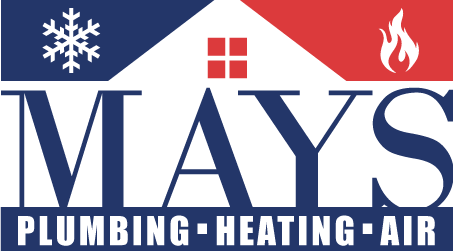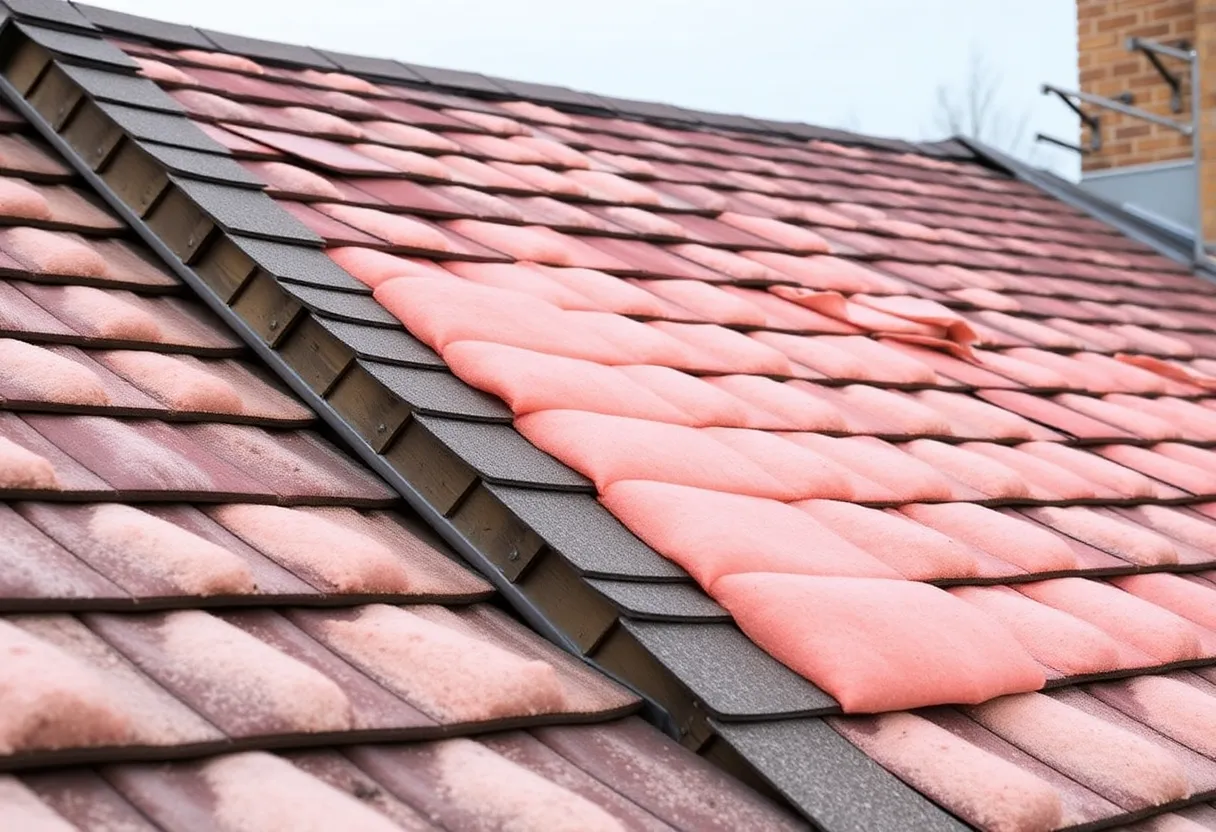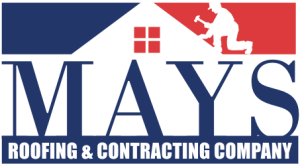How Do I Know If My Roof’s Insulation Needs an Upgrade?
Your roof’s insulation plays a major role in maintaining your home’s energy efficiency and comfort. If it’s lacking or deteriorating, you might feel the impact in several ways. Understanding when an upgrade is necessary can save homeowners from high energy bills and structural damage. This article will guide you through the signs that indicate your roof’s insulation needs an upgrade, the benefits of proper insulation, and actionable steps to take.
Understanding Roof Insulation
Roof insulation primarily serves to minimize heat transfer between the interior of your home and the outside environment. During winter, it prevents heat from escaping, while in summer, it reflects heat, keeping the interior cool. Insulation materials vary, including fiberglass, cellulose, and spray foam, each with its benefits and drawbacks.
Signs Your Roof Insulation Needs an Upgrade
1. High Energy Bills
If you notice a significant increase in your heating or cooling costs, your roof’s insulation may not be efficiently performing its job. Insufficient insulation allows conditioned air to escape, forcing your HVAC system to work overtime.
2. Uneven Temperatures in Your Home
Inconsistent temperatures across different rooms can indicate a problem with insulation. If some areas are warmer or cooler than others, it suggests that the insulation is either inadequate or unevenly distributed.
3. Ice Dams and Roof Leaks
In colder climates, ice dams can form due to heat escaping from poorly insulated roofs. This can cause snow to melt and refreeze at the edge of your roof, leading to leaks that can damage your roof and the structure of your home.
4. Moisture or Mold Issues
A lack of insulation can lead to condensation, which in turn can create a breeding ground for mold and mildew. If you notice water stains or musty smells, it might be a sign that your roof insulation needs attention.
5. Critter Infestations
Animals, such as rodents, often seek out poorly insulated areas as nesting spots. If you see signs of pests in your attic or roof space, inadequate insulation might be the culprit, allowing critters easy access.
6. Age of Existing Insulation
If your home is several decades old and the insulation has never been upgraded, it may be time to assess its condition. Many types of insulation lose efficiency over time, meaning an upgrade could substantially improve your home’s energy efficiency.
Benefits of Upgrading Roof Insulation
1. Enhanced Energy Efficiency
Investing in upgraded insulation can lead to significant savings on energy costs. Better insulation reduces the load on heating and cooling systems, translating to lower bills.
2. Improved Comfort
Upgrading insulation can enhance comfort levels throughout your home. A well-insulated roof ensures more consistent temperatures indoors, making every room more pleasant to inhabit.
3. Increased Home Value
Upgraded insulation can improve your home’s market value. Potential buyers often look for energy-efficient homes, and proper insulation can be a selling point.
4. Environmental Benefits
Effective roof insulation can reduce your carbon footprint by lowering energy consumption. This contributes to a more sustainable environment, making it a win-win situation.
Choosing the Right Insulation Material
When upgrading your roof’s insulation, choosing the right material is crucial. The following are common types of insulation:
1. Fiberglass Insulation
Widely used, fiberglass insulation is made from tiny glass fibers. It’s non-combustible and resistant to moisture, making it a popular choice. However, it must be handled carefully since the fibers can irritate the skin.
2. Cellulose Insulation
Made from recycled paper products, cellulose is an eco-friendly option. It is treated with fire retardants and can be blown into hard-to-reach spaces, but it may settle over time, reducing effectiveness.
3. Spray Foam Insulation
Spray foam insulation expands upon application, filling gaps and providing an excellent air barrier. It’s effective for sealing complex spaces, though it can be more expensive than traditional options.
Steps to Upgrade Your Roof Insulation
1. Evaluate Your Current Insulation
Before upgrading, conduct a thorough inspection of your existing insulation. Check for signs of wear, moisture, or settling and measure the thickness to determine its effectiveness.
2. Consult a Professional
Engaging a professional to assess your needs can provide a clearer understanding of the insulation requirements. Experts can recommend the best material and approach based on your home’s unique factors.
3. Select Appropriate Insulation Material
After evaluating your options, choose the insulation material that best fits your needs and budget. Consider the R-value, which measures insulation effectiveness—higher values mean better insulation.
4. Installation
While some homeowners opt for DIY installation, hiring a professional is recommended for optimal results. Proper installation is critical to ensure that insulation performs as intended.
5. Regular Maintenance
Post-installation, regular checks are essential to maintain the effectiveness of your roof insulation. Inspect for signs of wear, moisture buildup, or pest infestations to preserve your investment.
Conclusion
Upgrading your roof’s insulation can yield significant benefits in energy efficiency, comfort, and even home value. Knowing the signs that indicate a need for upgrade empowers homeowners to take action before minor issues escalate into costly repairs. By choosing the right type of insulation and ensuring adequate installation, you can create a more energy-efficient and comfortable living environment.
Author: STAFF HERE CLINTON
The CLINTON STAFF WRITER represents the experienced team at HEREClinton.com, your go-to source for actionable local news and information in Clinton, Laurens County, and beyond. Specializing in "news you can use," we cover essential topics like product reviews for personal and business needs, local business directories, politics, real estate trends, neighborhood insights, and state news affecting the area—with deep expertise drawn from years of dedicated reporting and strong community input, including local press releases and business updates. We deliver top reporting on high-value events such as the Festival of Discovery, Clinton Community Day, and performances at the Whitten Center Amphitheater. Our coverage extends to key organizations like the Clinton Area Chamber of Commerce and the Laurens County Historical Society, plus leading businesses in manufacturing and education that power the local economy such as Milliken & Company and Presbyterian College. As part of the broader HERE network, including HEREAiken.com, HEREBeaufort.com, HEREChapin.com, HERECharleston.com, HEREClinton.com, HEREColumbia.com, HEREGeorgetown.com, HEREGreenwood.com, HEREGreenville.com, HEREHiltonHead.com, HEREIrmo.com, HEREMyrtleBeach.com, HERENewberry.com, HERERockHill.com, and HERESpartanburg.com, we provide comprehensive, credible insights into South Carolina's dynamic landscape.




 Mays Contracting
Mays Contracting

